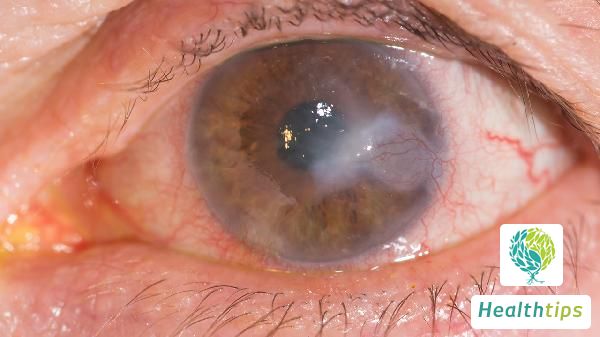"What Are the Surgical Treatment Options for Myopia?"
Introduction to Myopia Surgery
Myopia, a prevalent vision issue in modern life, imposes numerous inconveniences on many individuals. With advancements in medical technology, surgical treatments have emerged as effective means of correcting myopia. Below is a detailed introduction to several mainstream surgical treatments for myopia:1. Myopia Surgical Treatments:

a. SMILE (Small Incision Lenticule Extraction) Surgery:
SMILE surgery is one of the most advanced techniques for correcting myopia. It relies solely on femtosecond lasers to scan twice between corneal layers, forming a lenticule that is subsequently removed through a micro-incision, completing the surgery. Its significant advantage lies in the absence of a corneal flap, eliminating the risk of flap displacement due to ocular trauma and maximizing corneal nerve protection, resulting in minimal post-operative dry eye symptoms. Furthermore, SMILE offers rapid recovery, enabling patients to swiftly resume normal life. However, it is suitable for patients with myopia up to 1000 degrees and astigmatism up to 500 degrees.b. Half-Femtosecond Laser Surgery:
This surgery involves creating a corneal flap with a femtosecond laser, followed by excimer laser ablation of corneal tissue to correct myopia. Its strength lies in precise correction based on the patient's myopia degree and astigmatism axis. Widely applied clinically, it boasts high cutting precision and strong individualized treatment capabilities. Nevertheless, compared to SMILE, it requires a corneal flap, posing a risk of flap displacement. Its correction range is broader, suitable for patients with myopia up to 1200 degrees and astigmatism up to 600 degrees.c. Excimer Laser Surgery:
Another common method for myopia correction, excimer laser surgery utilizes its precise ablation capabilities to reshape the corneal surface or stroma, altering its refractive properties. It primarily encompasses two types: Photorefractive Keratectomy (PRK) and Laser-Assisted In Situ Keratomileusis (LASIK). PRK is suitable for patients with myopia up to 600 degrees, offering simplicity and affordability but with a longer recovery period and potential pain. LASIK, suitable for a wider range (100-1500 degrees), provides faster recovery and stable vision but is technically complex and costly.d. Intraocular Refractive Surgery (ICL Implantation):
Also known as ICL implantation, this additive surgery involves implanting a powered intraocular lens to correct myopia. Without cutting the cornea or altering the eye's anatomical structure, it ensures high safety and predictability. Ideal for high myopia (up to 1800 degrees), insufficient corneal thickness, or abnormal corneal morphology, ICL surgery enables rapid visual recovery, with the option to remove the lens and revert to original vision.Precautions for Myopia Surgery:
1. Pre-operative Preparation:
a. Comprehensive Examination: Before deciding on surgery, undergo a thorough eye examination, including vision tests, corneal thickness measurements, and fundus examination, to assess suitability and determine the optimal surgical plan.
b. Contact Lenses: To restore the cornea's natural shape for accurate surgical planning and execution, cease wearing contact lenses for a specified period (typically 1-2 weeks) before surgery.
2. Intra-operative Cooperation:
a. Relaxation: During surgery, patients should remain calm and avoid excessive tension, which can be alleviated through deep breathing and following doctors' instructions.
b. Stability: Patients must maintain fixed head and eye positions to ensure surgical accuracy, actively cooperating with doctors' directions to avoid sudden movements or blinking.
3. Post-operative Care:
a. Medication Adherence: Use prescribed eye drops and medications on time and in the correct dosage to prevent infection and promote recovery, adhering to doctors' guidance.
b. Regular Follow-ups: Attend scheduled post-operative check-ups to enable doctors to monitor recovery and adjust treatment plans. Provide detailed feedback on post-operative conditions.
c. Eye Hygiene: Maintain good eye hygiene for some time after surgery, avoiding prolonged eye use, rubbing eyes, and exposure to excessively bright or dim light.



















